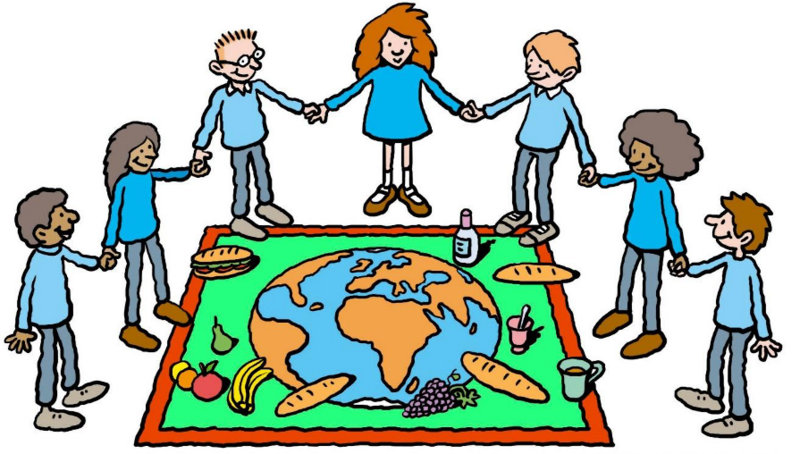L’Olam Va’ed: Sustaining the Earth


WHO ARE WE?
L’Olam Va’ed: Sustaining the Earth is Kol Emeth’s small but energetic team of volunteers which has been working on various climate-related projects, all connected to mitigating the degradation of our earth’s air, water, soil, seas, animals, and humans. We want to work on this issue in a Jewish setting linking Jewish values to local projects.
WHY HAVE WE CHOSEN THIS NAME?
"L’olam Va'ed" is an expression in Hebrew that ordinarily means “forever”. Literally “olam” means “world”, this world. We chose this expression to imply a prayer we share for sustainability and suggest this reading: “May the world be sustained forever.”
WHAT ARE WE DETERMINED TO DO?
Calling upon the plentiful resources we have as the Kol Emeth community, we have several goals:
- To educate our congregation about the gravity of this moment and ask what we can accomplish locally together.
- To act meaningfully in our local community to mitigate climate damage and to promote adaptation to the changes that are already upon us.
- To seek like-minded partners, especially among other faith-based congregations locally and nationally to guide and strengthen our work.
HOW ARE WE ORGANIZED AND HOW TO JOIN
Our actions are planned by a Steering Team co-chaired by Nechama Tamler (ntamler@gmail.com) and Shelly Lewis (shellyj.lewis@gmail.com). We welcome anyone in the congregation who is committed to actively pursue ways to save the planet. It costs nothing to join us. We maintain an email list of approximately 70 people who are involved, and all you need to do to be added to our list is to contact the co-chairs. Members of the Steering Team are Betty Kaufman, Deborah Lapidus, Hephzibah Plotkin, Judith Schwartz, Phil Spiegel, and Cliff Winnig.
Register to join us on Sunday, April 6th at Redwood Grove!
OUR CAMPAIGNS
TREE PLANTING IN OUR NATIONAL FORESTS:
We collaborate with JTree and the National Forest Foundation to plant trees for $1 each. We know that each tree helps our planet to breathe. To this date, we have planted over 15,000 trees. The Foundation has a goal of 50 million new trees! Our page on the National Forest Foundation website can be accessed HERE. For this new Jewish year of 5784, we urgently ask each household at Kol Emeth to contribute 18 trees for $18.
PROVIDING AIR PURIFIERS FOR OUR NEIGHBORS:
Partnering with Climate Resilient Communities (CRC), we promoted a campaign to raise $20,000 to purchase 125 air purifiers for neighbors in East Palo Alto and other neighborhoods where air quality continues to be unhealthy. We ended up raising more than $30,000, so we CRC was able to purchase many more air purifiers!
HANUKKAH CHALLENGE:
For Hanukkah, we created this worksheet highlighting different green activities to discuss with your family on the eight days of Hanukkah.
EDUCATIONAL EVENTS:
Acknowledging that each of us needs to grow in learning in order to become motivated and choose our actions wisely, we have sponsored a series of meetings with wise teachers. We met with Rev. Danielle Parish who had just returned from the world climate meeting in Scotland, Dr. Chris Jones and our own Phil Metz who introduced us to consumption-based emissions. We promise more to come!
RELATED ARTICLES AND RESOURCES
Hundreds of good articles that address climate issues are being published constantly. Our team invites you to recommend an outstanding and easy to read article, essay, or book that you think other congregants would benefit from by contacting either Nechama Tamler at ntamler@gmail.com or Rabbi Shelly Lewis at Shellyj.lewis@gmail.com.
QUESTIONS AND IDEAS
Have a question about climate and related issues? Want to know more about how to help prevent food waste? Have a suggestion on how to help Kol Emeth with this mission? You are welcome to do so by contacting Nechama Tamler at ntamler@gmail.com or Rabbi Shelly Lewis at Shellyj.lewis@gmail.com. We thank you for your help!





